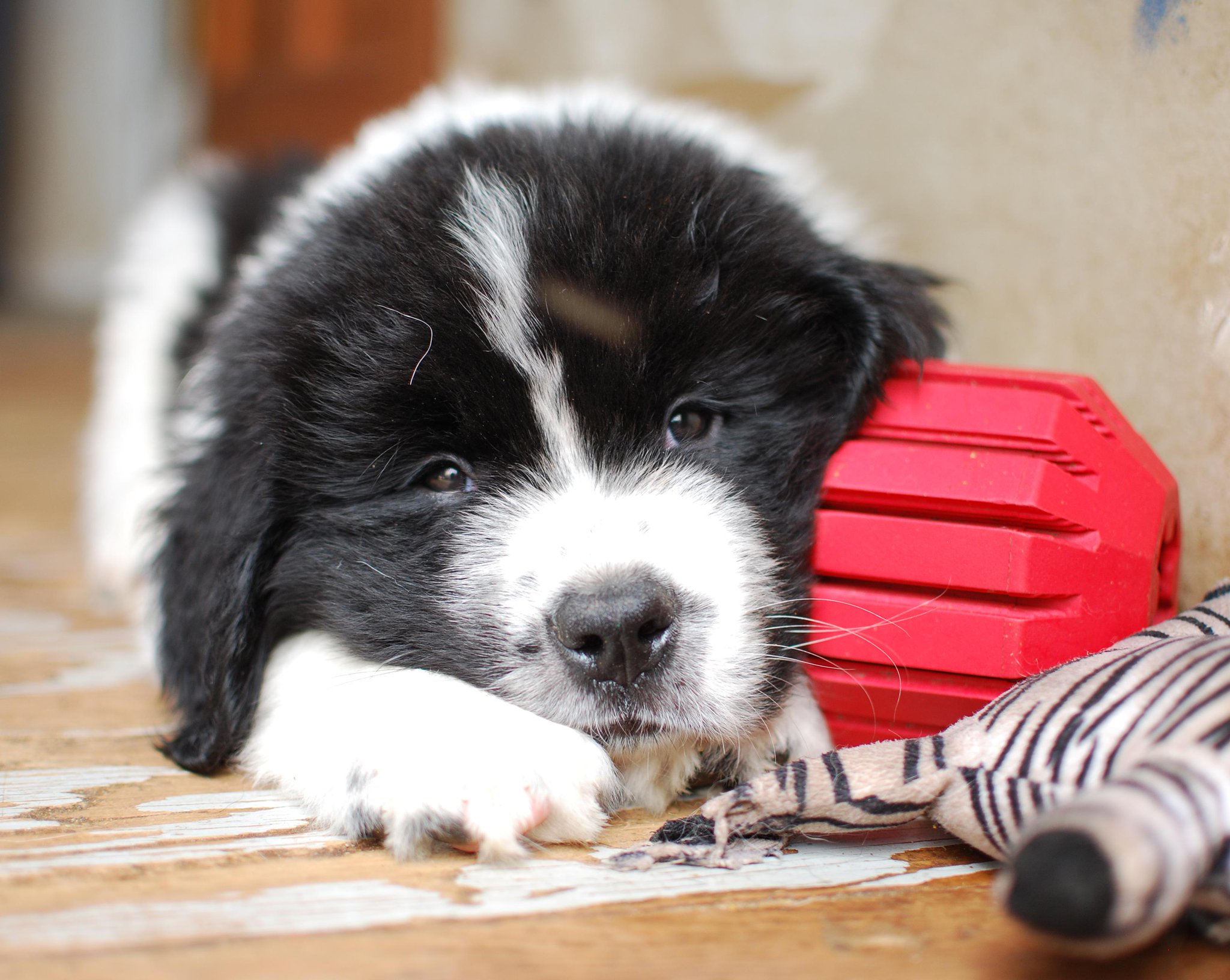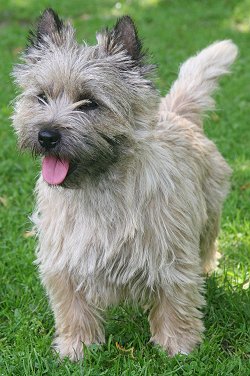solo thinking isrooted in our lifelong experience of social interaction; linguists and cognitivescientists theorize that the constant patter we carry on in our heads is a kind ofinternalized conversation. Our brains evolved to think with people: to teachthem, to argue with them, to exchange stories with them. Human thought isexquisitely sensitive to context, and one of the most powerful contexts of all isthe presence of other people. As a consequence, when we think socially, wethink differently—and often better—than when we think non-socially.
People have evolved as social animals and this extends to thinking and interacting. We think better when we think socially (in groups) as opposed to thinking alone.
This in part may be why solo reading and annotating improves one's thinking because it is a form of social annotation between the lone annotator and the author. Actual social annotation amongst groups may add additonal power to this method.
I personally annotate alone, though I typically do so in a publicly discoverable fashion within Hypothes.is. While the audience of my annotations may be exceedingly low, there is at least a perceived public for my output. Thus my thinking, though done alone, is accelerated and improved by the potential social context in which it's done. (Hello, dear reader! 🥰) I can artificially take advantage of the social learning effects even if the social circle may mathematically approach the limit of an audience of one (me).
 but would grow to be a very large dog.
but would grow to be a very large dog.

 Cairn Terrier,
Cairn Terrier,  and Norfolk Terrier.
and Norfolk Terrier. 